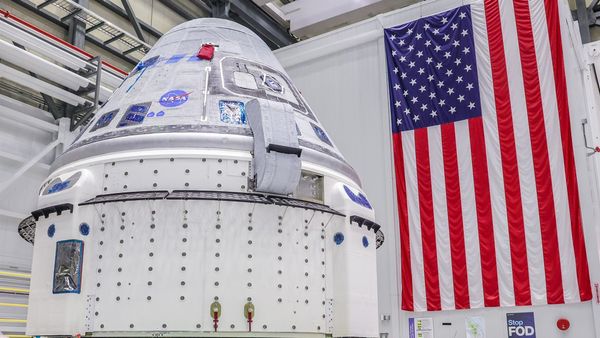
Most have struggled, with the likes of GM and Ford even having beaten a hasty retreat to their homes. While the reasons for that may vary, the constant rejoinder has been that the first-mover advantage is impossible to shake. First-mover advantages are important but when companies understand what consumers want and give it to them, they can be overturned. That's been demonstrated by Korean player Kia who landed in India just a couple years ago.
Kia has crossed half a million cars in sales in just two years. That's faster than VW, Ford, GM, Honda and Toyota. Its July sales are 47 per cent higher than last year and outpaced the industry. Last year, VW sold some 30,000 cars, Honda some 80,000 and Nissan around 37,000. Kia which has gotten here at least 10 years later if not more than all of the above sold 2.2 lakh cars.
How did it do that? It paid attention to the emerging trends in vogue, shifting preferences and didn't underestimate buyer sensibilities.
Kia's arrival was never hamstrung by management wasting time on trying to explain who they were to the Indian customer. Instead they got down to business, launched a car that was priced right, aimed at the optimum segment of the market, and positioned to go head to head with the best cars in the highest-selling segment of mobility. Their mid-range SUV called the Seltos was rolled out at a price between ₹11 lakh and 15 lakh and picked up momentum when others were slowing down or had no cars and homegrown leaders had missed opportunities.
The Seltos has already logged sales of almost 100,000 in just two years which is more than what some of its rivals are doing in toto. Next, Kia never rested on its laurels or got stuck on one product and waited long before bringing in more cars
After the Seltos, Kia quickly rolled out a people-mover called the Carnival, a luxurious seven-seater with all the bells and whistles and aimed squarely at the market leader the Toyota Innova. Then unpredictably, it went bottom-down again, rolling out another small SUV called the Sonet, loaded with technology, features, and even luxuries like Bose speakers reserved for premium cars several price-points higher.
If the Seltos was a success, the Sonet pushed the pedal further and sold around 75,000 cars a year on average in the last two years. In between the growing positivity amongst consumers for Kia the company also announced an official change to its identity. Most companies bolster their foreign origins and identity. Kia did the reverse. In May, last year, Kia announced its new corporate name would be Kia India. The message was clear: this was a company for India. It's also important that car makers walk the talk when entering a market and not treat it like an afterthought or a dumping ground for obsolete or old lifecycle products. Think Qualis, Pajero and Endeavour. But also, when, say Honda brings its new Civic to India, but with a ten-year-old engine. Companies don't sell their latest cars here on the pretext of India being a price-sensitive market.
You might also like
Why rupee, higher fees don't deter students headed abroad
Challenges and opportunities before India's gold exchange
A good news for Airtel investors
Why Mirae’s Neelesh Surana has unshakeable faith in equity
Recently Kia also showcased its EV6, a fast, super-slick SUV vehicle that is being sold worldwide. While it will be expensive when sold here, it will serve as a halo or brand-builder. It reinforces the operating philosophy that Kia had talked about when launching here, which was that it would bring the same cars to India as elsewhere.
Kia abandoned the theory that only low-cost products work for an emerging market.
Kia roped in the best car designers in the world to build its designs which means no matter what it costs, they all look good. Designers include Pete Schreyer who designed for Audi and VW; Pierre Leclercq who was a former designer at BMW; Karim Habib who used to design cars for Infiniti and BMW; and Luc Donckerwolke who was formerly a designer at the VW Group for brands such as Bentley and Lamborghini.
Many car-makers who came here would start with small cars in the view that India was a small car-market. But Kia took aim at the sweet spot that was growing which was SUVs and MPVS, and which are also higher on margins. The gambit has worked and turbocharged the company's performance here. Their strategy is clear. Go in deep and compete on one's own competencies as opposed to taking first-movers head-on. For a car-maker to pull all this off in such a short time without even launching small hatchbacks and compact sedan cars is a signal that the first-mover advantage is only one when you are not being overtaken, as Kia's peer group is fast learning.
Elsewhere in Mint
In Opinion, Nouriel Roubini tells what happens when the Great Moderation is over. Biju Dominic says a sense of ignorance can fill the biggest lacuna in business and policy decisions. In Mint Money, Abhishek Malhotra explains your rights when you invest in cryptocurrencies. Long Story details how Covid trends in real estate are on the reverse now.







